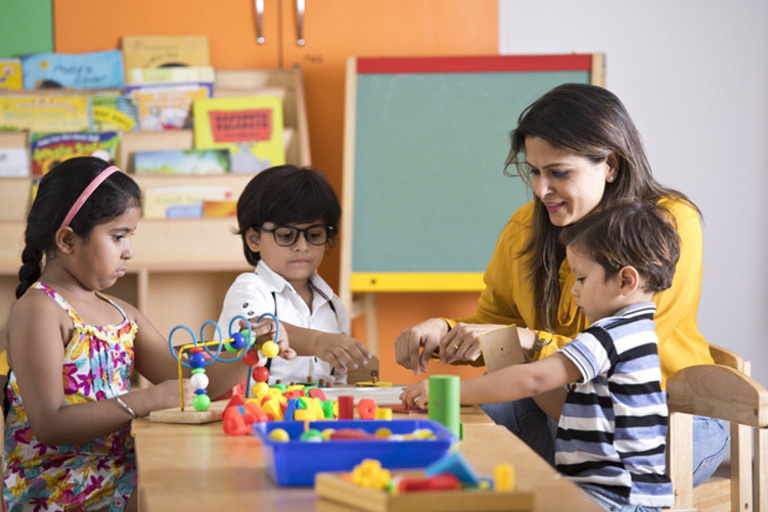What Do Kids Learn From The Play School Curriculum?
Play school is a time of exploration, from learning how to take turns to how to count to ten. Your child will have learned much by the Time they leave pre-K. The play school curriculum encompasses all of the lessons and topics your kid will be exposed to during play school. Early childhood education philosophy …
What Do Kids Learn From The Play School Curriculum? Read More »









